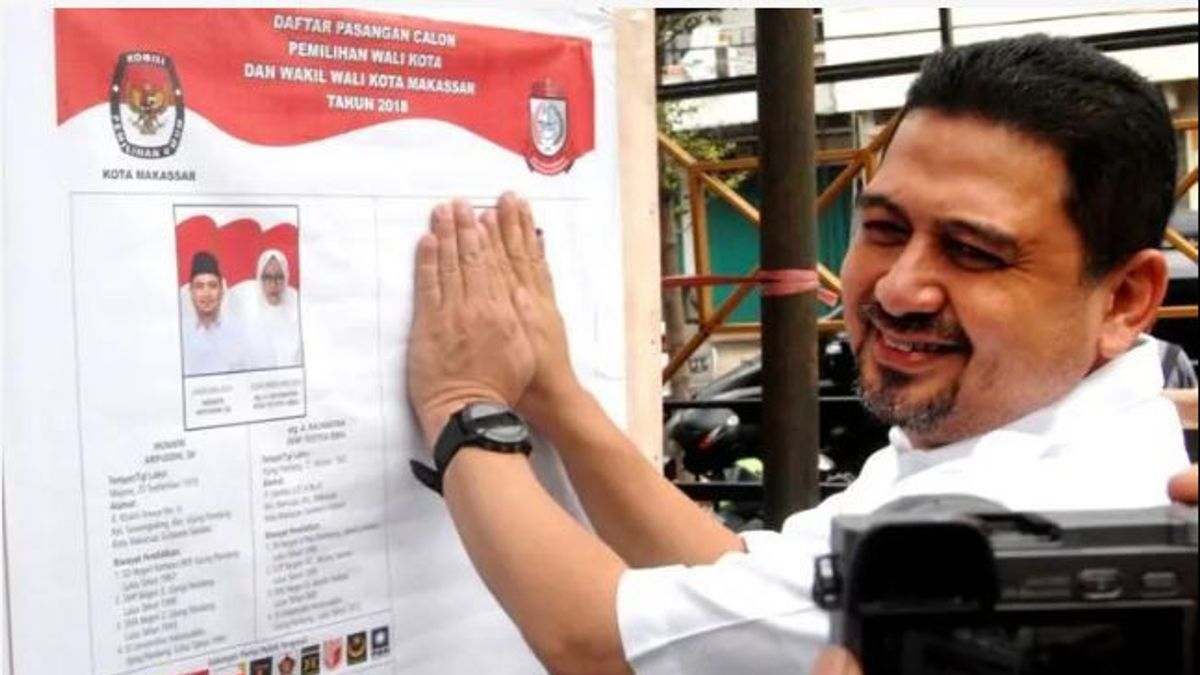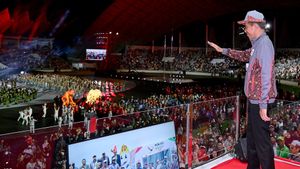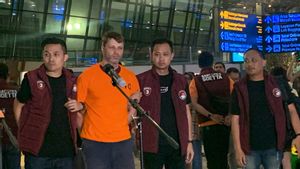JAKARTA The number of empty boxes that continue to increase in every edition of regional head elections (Pilkada) occurs because there is motivation to make it easier to win, according to political experts.
This year there will be 41 empty boxes competing in the 2024 Pilkada, according to data from the Indonesian General Election Commission (KPU) as of September 4, 2024. Details of 41 regions consist of one province, 35 districts, and five cities.
"Is the election worth calling a democratic party if the participants are only one pair of candidates?" said constitutional law expert from Mulawarman University in Samarinda, Herdiansyah Hamzah.
He continued, the regional election with a single candidate is more appropriate to be referred to as an oligarchic party.
The empty box was widely discussed ahead of the 2024 Pilkada which will be held in November. The existence of empty boxes is often considered an advantage for single candidate pairs who take part in the regional elections.
In the context of regional elections, the empty box does not mean an empty ballot box, but the appearance of a single candidate who does not have a rival so that in the ballot the opponent's position is declared in the form of an empty box.
However, this does not make a single candidate immediately acclamation appointed as regional head. That's why the regional election system is known to have an election between a single candidate pair against an empty box.
Executive Director of Perludem Khoirunnisa Nur Agustyati explained that the empty box was first used in the 2015 Pilkada contestation. Khoirunnisa said that at that time there was a kind of deadlock because there were parties carrying one candidate. This problem was then brought to the Constitutional Court (MK).
The MK decided, if during the registration period there was only one candidate pair, the Constitutional Court stated that the registration period could be reopened. If after reopening no one registers, political parties do not transfer their support, there is an empty box," explained Khoirunnisa.
"So the ballot does not mean that there is only one pair of candidates, but there must be an empty box as an alternative vote for voters," he added.
Thus, regions that have one candidate pair can still take part in the simultaneous regional elections.
However, the trend of regional elections against empty boxes continues to increase in each election. In the 2015 Pilkada there were only three single pair candidates. That number increased to nine in 2017, 16 in 2018, and 25 in 2020.
Meanwhile, the empty box experienced a significant increase in the 2024 Pilkada compared to the previous year. The total single pair candidates in the 2024 Pilkada increased by 60 percent compared to the 2020 Pilkada. In other words, 41 single pair candidates in this year's regional election are equivalent to 13 times compared to the first simultaneous regional elections in 2015.
Executive Director of the Indonesian Public Institute (IPI) Karyono Wibowo said, the number of empty boxes in this year's regional elections is likely to be much larger if there is no Constitutional Court decision No. 60/PUU-XXII/2024 regarding the threshold for candidacy or threshold.
"Fortunately there is a decision by the Constitutional Court so that at least it can suppress or reduce regional elections against empty boxes, because the threshold requirements are lighter," Karyono told VOI.
Regarding single-pair candidates whose numbers continue to increase from year to year, Karyono explained the motivation behind this phenomenon, which is to make it easier to win in the election contestation.
Because of the tendency of the community to prefer candidate pairs over empty boxes. Of the many regional elections with empty boxes, most of the candidate pairs won despite the 50+1 requirement," he said.
"On that basis, the political elite deliberately took a shortcut to buy up political parties so that there was only one pair of candidates, because that way the probability or possibility of winning is greater than against other candidate pairs," he added.
The only win in the empty box was against the sole candidate for the election of the Mayor and deputy mayor of Makassar in 2018. At that time, for the first time in the history of the unoccupied box elections, they defeated the single pair Munafri Arifuddin and Rachmatika Dewi Yustitia Iqbal.
At that time, many political observers concluded that the victory of this empty box was a symbol of resistance to the regional election process in Makassar City, South Sulawesi.
This empty box phenomenon is a threat to democracy, said Karyono Wibowo because the people are forced to choose a single candidate pair. In fact, one of the instruments of democracy is choosing a leader through elections. With the increasing phenomenon of a single candidate pair, it means that the goal of democracy is not achieved.
"The selection process has found good leadership candidates, who are competent, have capabilities but all of this is covered in space," he said.
"This is a threat to democracy, if there are several candidate pairs, it means that there are still opportunities for leaders to be born who have competence, their capabilities are good," Karyono added.
SEE ALSO:
Similarly, Khoirunnisa also said that this empty box phenomenon brought voters to an ideal situation. Because there is no equal competition, the public cannot compare the ideas or ideas of several candidates.
There is an assumption that this candidate pair is the only one that can be chosen. There is no debate, so it is not healthy for the democratic climate," continued Khoirunnisa.
However, he underlined that choosing an empty box is still the right of voters who feel they do not match the candidate pairs offered. However, a healthy democratic space should allow more pairs of candidates to compete with the program.
The English, Chinese, Japanese, Arabic, and French versions are automatically generated by the AI. So there may still be inaccuracies in translating, please always see Indonesian as our main language. (system supported by DigitalSiber.id)














